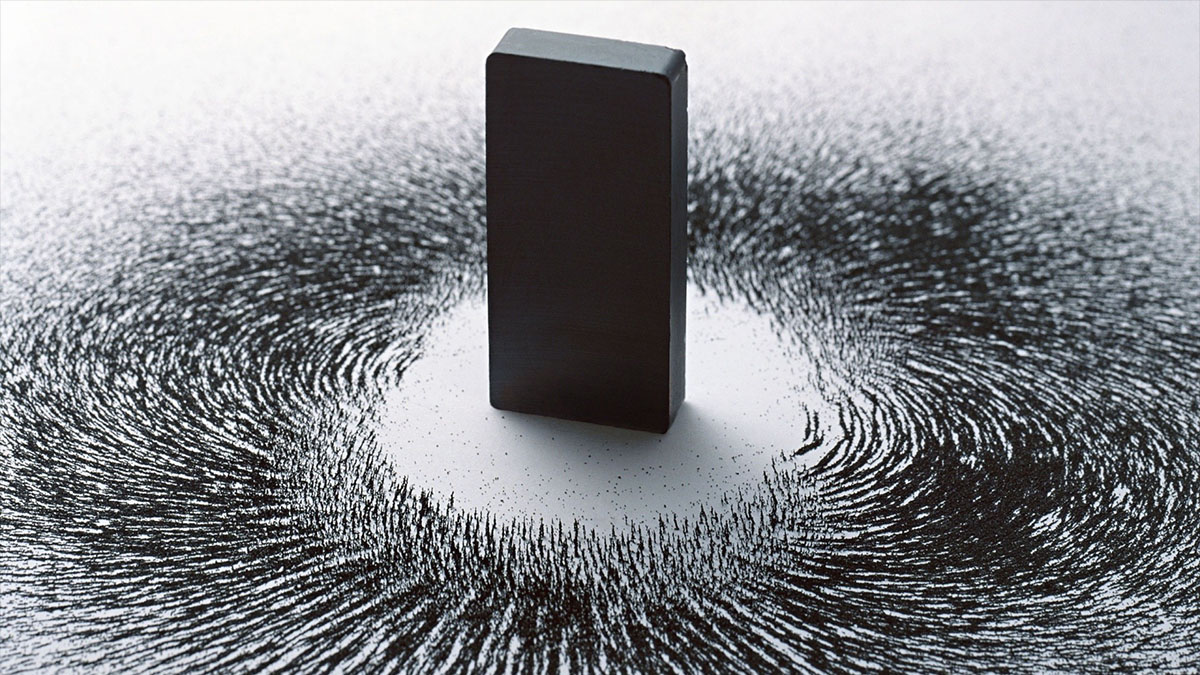the forgotten warp drive

You’ve probably never heard of Burkhard Heim. Not many people have. After all, he was rather reclusive, all of his work was published in German and his brief moment in the spotlight was in 1957 when he proposed an odd propulsion system that could easily achieve relativistic speeds. A spacecraft powered by this hyperdrive would get us from Earth to Mars in just a few hours and make exploring our immediate stellar neighborhood possible within our lifetimes. Sound too good to be true? Well, to some extent, it is. The theories behind how this system would work are only half complete and their primary support is complex mathematics.
Originally, Heim was trying to reconcile quantum mechanics with general relativity and created a universe with six dimensions in the formulas he used. In those six dimensions, electromagnetism and gravity are linked, so if you change the strength of an electromagnetic field, you affect gravity. So far, we’ve observed that gravity has an influence on magnetic fields but we haven’t seen how electromagnetic fields can manipulate the gravity of an object. But that’s exactly what a Heim hyperdrive does. It uses intense magnetic fields powered by equally impressive currents to produce a force equivalent to dark energy, a vital ingredient for warp drive technology.
How much energy would it take? To float free of Earth’s gravity in a 150 metric ton spacecraft, you would need a superconducting coil, a sizeable rotating ring and a magnetic field that cranks out some 25 Tesla, or half a million times our magnetosphere’s output. We already have magnets that can generate those powerful fields and if money was no object, we’d be able to try it out right now. The problems begin with trying to test how fast we could go using this technology. Heim himself never specified exactly how we’d be able to get a relativistic velocity. The actual mechanics of the hyperdrive come from an extension to his theories by retired patent clerk, Walter Drcher, and he’s a little fuzzy about what will happen when we crank up the drive to full power. One of the possible outcomes is that the speed of light for our hypothetical spacecraft would increase.
While Drcher’s designs might not work and Heim’s ideas might be off in some critical places, this work can give us some interesting new directions in which to push the physics of warp drives. At worst, we can create a sample hyperdrive and see what happens. Maybe we’ll still be one step closer to learning how to manipulate the fabric of space and time in an unexpected way…





